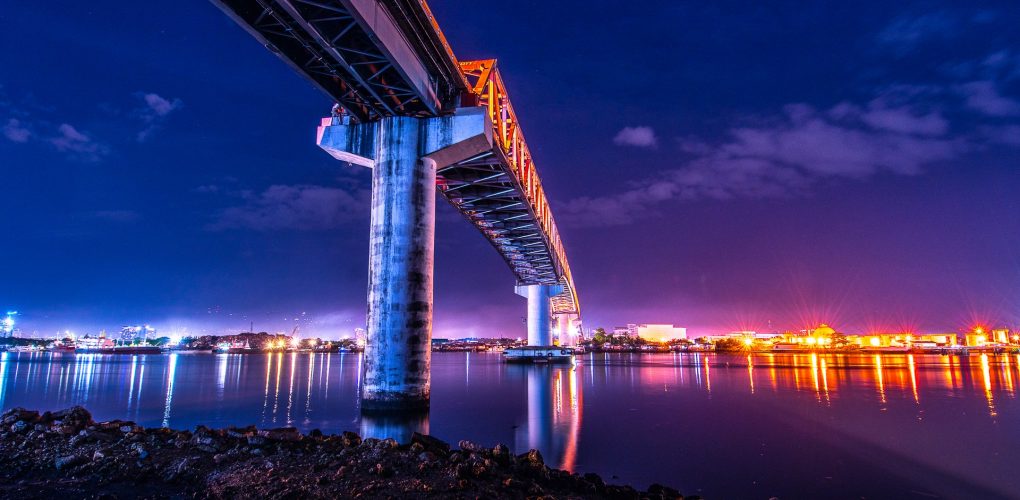Following up on its American Rescue Plan, the Biden administration recently released the American Jobs Plan. According to White House officials, it has been developed with an eye toward rebuilding infrastructure across the United States, creating millions of good-paying jobs and giving the country a global competitive edge.
According to federal government sources, investment in infrastructure and other public benefit projects as a share of the total U.S. economy has been reduced by more than 40% since the 1960s. This has left much of the infrastructure across the nation in poor and dangerous condition. The same sources report that the United States, the wealthiest country in the world, ranks in 13th place when it comes to the quality of its infrastructure. This is making it harder for us to compete against better-funded countries.
Infrastructure has been underfunded for decades, primarily due to the dominance of fiscal conservatism in Congress. It has left bridges, roads, and water systems crumbling and the electric grid vulnerable to major outages. We saw this prominently played out during the Michigan water crisis that started in 2014 and the winter storm-related failure of the Texas electrical system in 2021.
When it comes to U.S. roads, 20% of them, based on mileage, are in poor condition. That is a total of 173,000 miles of roads that are in disrepair. Approximately 45,000 bridges are in poor condition as well.
According to research released by the White House, more than 35,000 people die in crashes on roads across the U.S. each year. Millions more experience serious accident-related injuries, many of which are permanently debilitating. The United States has the highest traffic fatality rate in the developed world. It’s two times the rate in Canada and four times that of the European Union. Improvements to transportation infrastructure, especially roads and bridges, should reduce the number of traffic-related fatalities significantly.
White House experts say that delays caused by traffic congestion, often the result of inadequate bridge and road capacity, cost the nation more than $160 billion in inefficiency. Motorists have to pay more than $1,000 each year in wasted time and fuel.
The President’s plan will invest more than $620 billion in transportation-related infrastructure overall. Of that total, $115 billion will go toward modernizing the bridges, highways, roads, and streets that are in the most critical need of repairs. In addition to making bridges and roads safer and less congested, projects funded by the program will contribute to improving air quality and limiting greenhouse gas emissions. The Biden administration is also committed to developing resilient infrastructure that can stand up to the threats resulting from global warming, including floods, fires, and storms.
The plan commits to fixing the 10 most economically essential bridges in the United States that need significant repairs or complete reconstruction. It will also upgrade the 10,000 bridges across the nation that are in the worst condition. Why invest money in these viaducts, which are often small and serve limited populations? They provide critical linkages to vulnerable communities and business districts. Without them, many people would be completely cut off.
The plan will also modernize 20,000 miles of highways, roads, and streets, replace thousands of buses and rail cars, update airports and rail stations, and provide mass transit to communities that don’t have it.
The Biden program promises to make it possible for businesses of all sizes across the nation to benefit from participating in design, construction, and manufacturing projects. In return, it will require companies to use sustainable and innovative materials in the work that they do, paid for by federal funds. This includes leveraging things like cleaner steel and cement. Whenever possible, elements used on projects should be made in America and shipped using transportation owned by U.S. companies.
On top of updating bridge and road infrastructure, the far-reaching plan will also:
- Improve drinking water pipelines and delivery systems.
- Enhance the electric grid.
- Expand high-speed broadband availability.
- Cap hundreds of thousands of orphan oil and gas wells and abandoned mines.
- Build, preserve, and retrofit more than 2 million houses and commercial buildings.
- Modernize aging schools and childcare facilities.
- Improve veterans hospitals and clinics.
- Upgrade federal buildings.
- Create jobs and raise wages and benefits for home healthcare workers.
- Revitalize the manufacturing sector.
- Train people for new types of jobs.
- Improve work conditions.
Much of this is expected to be paid for by the Biden administration’s Made in America Tax Plan, which proposes significant tax increases for corporations. Recent studies show that 91 of the Fortune 500 companies paid no federal taxes on U.S. income in 2018, and the average corporation only paid 8% of income in taxes. Needless to say, this is far less than the tax burden faced by most individuals and families.
The Biden administration believes that it is time for companies to step up and pitch in for the infrastructure improvements that will benefit them. It’s expected that the tax increases in the plan will pay for the infrastructure enhancements within 15 years and help reduce deficits after that. This does not take into account the business and productivity enhancements that will result from the infrastructure improvements that could increase business productivity and lead to added tax revenue.
The one thing that could stand in the way of passing the two bills is that the infrastructure projects will not be paid for by the time they are completed. The $2.3 trillion in spending would take place over an eight-year time frame. It will take 15 years for President Biden’s proposed corporate tax hikes to generate that much revenue. Some members of Congress object to this, which means it’s likely that the two bills will have to be changed in order to get passed.
Stay tuned. BridgeMasters is committed to providing updates on legislation that could impact organizations in the bridge and road inspection, maintenance, and construction industries.

